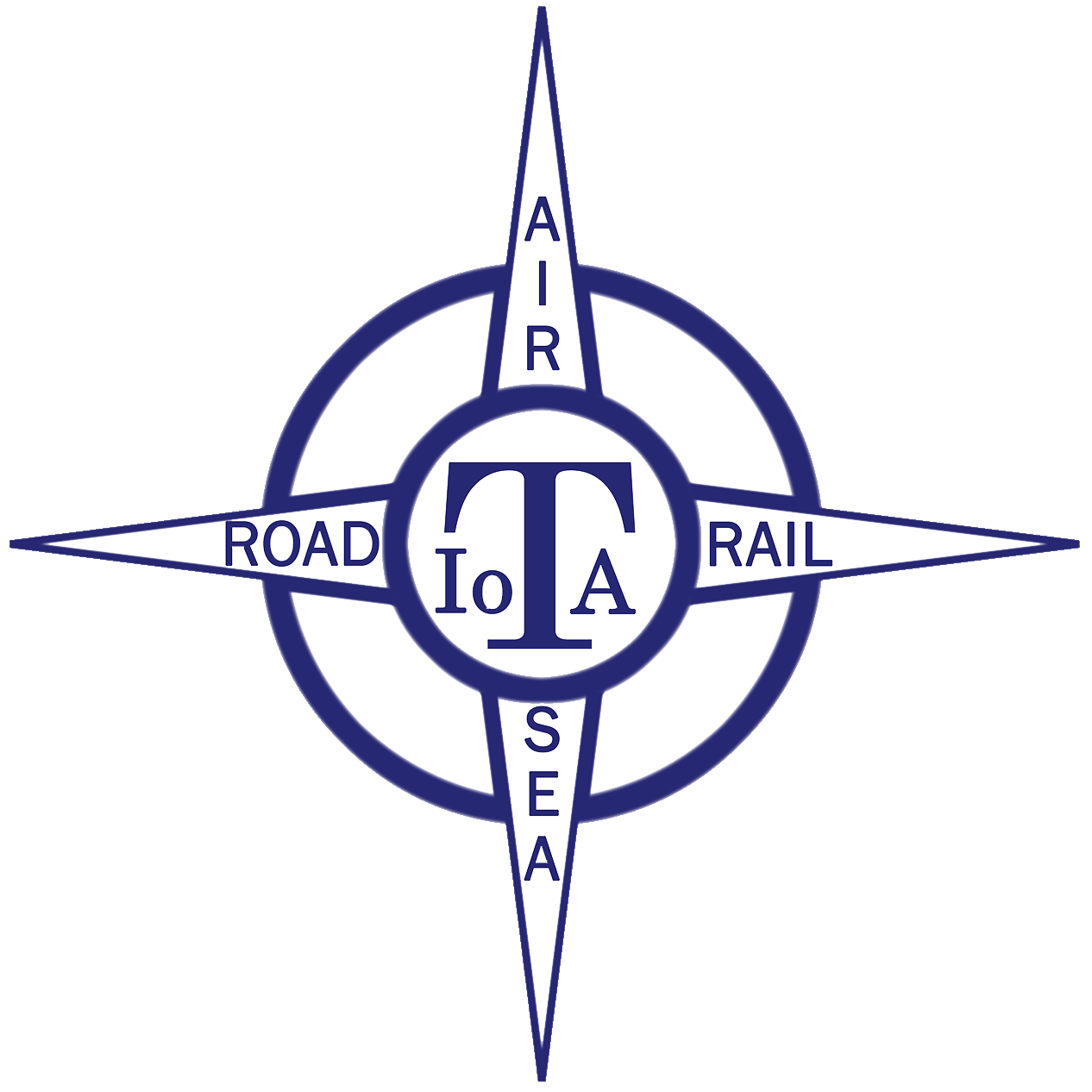Categories: Enforcement Myths.
Every job has them.
Those niggling misconceptions often fed by people’s prejudices or misunderstandings.
Our roadside enforcement work is no different.
I heard them all when I was a frontline enforcement officer. Now I’m in a management role, I often hear the same untruths at seminars and conferences.
Here are the top myths surrounding our enforcement work and the reality behind them…
1. Our roadside checks include cars
This is not the case. Our enforcement focus is on commercial vehicles as set out by law.
Why I hear you ask?
Commercial vehicles – whether they’re lorries, vans or large passenger vehicles – pose a higher risk to road users.
Often their sheer size means the impact of something going wrong is huge. It’s potentially even worse when you’re talking about a coach with 70 passengers on board.
Unlike your average car driver with a short daily commute, commercial drivers are on the road for long hours.
Our role is to make sure they’re taking breaks and not driving for too long to keep us all safe. We’ve dealt with over 15,000 serious drivers’ hours offences since last April.
Trailers and caravans
The Government also requires us to check other road users such as vehicles towing trailers and caravans as part of wider road safety initiatives.
The Police are responsible for roadside enforcement of cars. However, we work with the Police in joint enforcement operations targeting all vehicles.
We do cover cars with of our statutory work on MOTs.
2. We pull over all lorries
Our enforcement is focused on the bad guys – the serially non-compliant operators – to improve safety and traffic flows.
We are very unlikely to stop vehicles run by the safest operators, such as those belonging to our earned recognition scheme, unless there is an obvious visual problem. This is an extra ‘carrot’ to encourage operators to keep their vehicles in good order and stick to the rules.
Our enforcement officers check how compliant an operator is at the touch of a button.
Operators’ compliance ratings are based on previous roadside checks along with other intelligence such annual test results of their vehicles.
3. We keep the money from our roadside fines
Quite the opposite.
All of the money from our fixed penalty fines goes to the Government to fund vital public services.
The only exception is the £80 fee we charge to free up an immobilised vehicle once a serious defect or offence has been resolved. This fee partially covers the cost of this action.
A large part of our enforcement funding comes from other DVSA income such as lorry and large passenger vehicle testing fees.
Above all, our fines aim to deter commercial drivers and operators from breaking the rules and not maintaining their vehicles.
Other deterrents include prosecutions and referring more serious offences to the Traffic Commissioner.
4. Human error causes most accidents, why bother with vehicle defects?
It’s true that defective vehicles account for around 2% of all road accidents.
However, this is a testament to our enforcement role along with car MOTs and annual tests for larger vehicles.
The UK has some of the safest roads in the world, which is partly due to our checks on commercial vehicles.
This myth also ignores our work on distractions such as mobile phone use and drivers’ hours which help to reduce accidents caused by human error.
5. We give out huge fines on any defect or offence
It’s all about the level of risk, so the fine or other punishment is in line with the severity of the defect or offence.
Just like a car MOT, we give out advisory notices on minor defects which need looking at but aren’t serious safety risks and these don’t involve a fine.
What about a faulty indicator bulb?
Whilst some drivers feel it’s not a major issue, we make sure the bulb is replaced before allowing the vehicle to move on to prevent an accident. We’ll only hand out a fine if the driver was aware of the defect and carried on with the journey.
It’s estimated 85% of defects can be spotted by the commercial driver during their required walkaround check before each journey.
6. We maintain Britain’s roads
In short, no.
The clue is in our title – our role covers drivers and vehicles, not the roads themselves.
Councils are responsible for maintaining local roads, whilst Highways England and Highways Scotland cover the maintenance of motorways and major trunk roads in England and Scotland.
However, we are part of the bigger road condition ‘picture’ as we’re tackling overloaded lorries and insecure loads, which can cause significant damage to the network.
Setting the record straight
I hope this blog post sets the record straight on these persistent myths surrounding our work.
For more information on becoming an earned recognition operator and how it works visit our earned recognition webpage.
https://www.gov.uk/government/collections/dvsa-earned-recognition-guidance-and-forms
Posted by:Mark Horton, Posted on: 29 January 2020
